As blockchain ecosystems multiply, the need for interoperability—the seamless exchange of data and assets across chains—has become critical. In 2025, the multichain paradigm is no longer theoretical; it’s a necessity. Fragmented liquidity, isolated smart contracts, and user friction are major hurdles. Interoperability protocols aim to solve these by enabling cross-chain messaging, asset transfers, and composable applications. The following seven projects are leading this evolution, each offering distinct architectures and real-world integrations that are reshaping how blockchains connect.
1. Polkadot: Relay Chain and Parachain Synergy
Polkadot remains a foundational player with its relay chain and parachain model. Parachains are sovereign blockchains that plug into the Polkadot relay chain, benefiting from shared security and native interoperability via the Cross-Consensus Message Format (XCM). In 2025, over 50 parachains are live, including Moonbeam (Ethereum-compatible smart contracts) and Astar (multi-VM dApps). Polkadot’s ecosystem supports DeFi, gaming, and identity protocols, making it a modular hub for multichain development.
2. Cosmos: Modular Sovereignty with IBC
Cosmos takes a different route with its Inter-Blockchain Communication (IBC) protocol, which allows independent blockchains to exchange data and tokens. Unlike Polkadot, Cosmos chains maintain their own validator sets, offering flexibility and sovereignty. In 2025, Cosmos powers major ecosystems like Osmosis (DeFi), dYdX v4 (perpetuals), and Stargaze (NFTs). The Cosmos SDK and IBC have become essential tools for developers building scalable, application-specific chains that remain interoperable.

3. Chainlink CCIP: Cross-Chain Smart Contract Execution
Chainlink’s Cross-Chain Interoperability Protocol (CCIP) is redefining messaging between blockchains. Unlike token bridges, CCIP enables cross-chain smart contract calls, secured by Chainlink’s decentralized oracle network. In 2025, CCIP is integrated with Ethereum, Avalanche, Base, and more, powering use cases like real-world asset tokenization and cross-chain lending. Its programmable token transfers and built-in risk management make it a preferred solution for institutions seeking secure interoperability.
4. LayerZero: Lightweight Omnichain Messaging
LayerZero offers a low-latency messaging protocol that connects over 40 blockchains, including Ethereum, Arbitrum, Aptos, and Solana. Its architecture uses Ultra Light Nodes (ULNs) and decentralized oracles to verify messages without centralized bridges. In 2025, LayerZero powers omnichain NFTs, unified liquidity routing, and cross-chain governance. Projects like Stargate Finance and Radiant Capital rely on LayerZero to bridge fragmented ecosystems with minimal trust assumptions.
5. Axelar: Developer-Friendly Cross-Chain Infrastructure
Axelar provides generalized cross-chain communication with a focus on security and ease of integration. Its decentralized validator set and simple APIs allow developers to build dApps that interact with multiple chains through a single interface. In 2025, Axelar supports over 50 networks and is used by platforms like Squid Router and Interchain Token Service. Its gas abstraction and permissionless model make it ideal for onboarding users unfamiliar with multichain complexity.
6. Wormhole: Modular Messaging and Asset Transfers
Wormhole is a cross-chain messaging protocol connecting over 30 blockchains, including Ethereum, Solana, and Sui. It supports token bridges, NFT transfers, and governance messaging. In 2025, Wormhole’s Guardian network secures billions in cross-chain value. The launch of Wormhole 2.0 introduces modularity and composability, allowing developers to build custom bridge logic and integrate with other protocols like LayerZero and Axelar.
7. Zeus Network: Bringing Bitcoin to Web3
Zeus Network is focused on unlocking Bitcoin’s utility in the multichain world. Its flagship product, Apollo, enables users to mint zBTC on Solana without custodians, using a bridgeless architecture secured by decentralized Guardians. In 2025, Zeus expands BTC’s role by integrating it into Solana’s DeFi ecosystem, enabling lending, yield farming, and composable dApps. This approach transforms Bitcoin from a passive store of value into an active participant in Web3.




